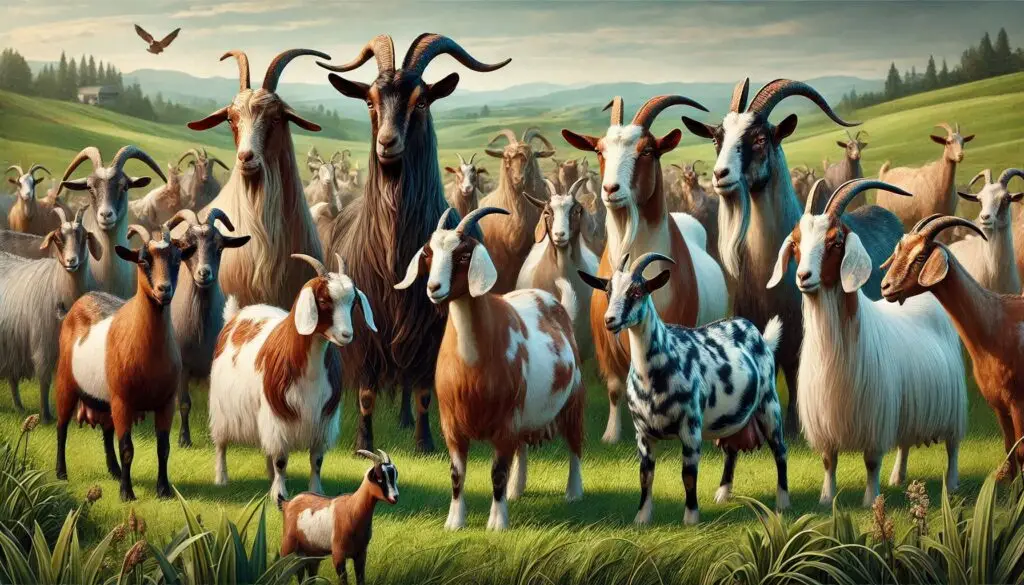Madras Red Sheep

Introduction to Madras Red Sheep
Madras Red sheep are a native breed of Tamil Nadu, India. These sheep are well-known for their distinct reddish-brown coat and adaptability to the local climate. This article delves into various aspects of the Madras Red sheep, including their appearance, adaptability, breeding practices, and economic significance.
Appearance of Madras Red Sheep
Madras Red sheep are medium-sized animals with several distinctive features.
Physical Characteristics
- Coat Color: The most notable feature is their reddish-brown coat. The color can range from light tan to dark brown. Some individuals may have white markings on their forehead, inside the thighs, and on the lower abdomen. For more details on their appearance, you can visit the South Asia Pro-Poor Livestock Policy Programme.
- Body Structure: They possess a compact body with short legs. The head is medium-sized with drooping ears that are about 12-13 cm long. The tail is short and thin.
- Horn Status: Rams have strong, twisted horns, while ewes are typically polled (hornless) .
Size and Weight
The average weight of adult males is around 35 kg, while females weigh about 23 kg. Their average height at the withers is approximately 72-73 cm for males and 64 cm for females . This information can be further explored in studies published by Cambridge University Press.
Summary of Physical Traits
| Trait | Male | Female |
| Average Weight (kg) | 35 | 23 |
| Average Height (cm) | 72-73 | 64 |
| Coat Color | Reddish-brown | Reddish-brown |
Adaptability of Madras Red Sheep
Madras Red sheep are exceptionally adaptable to their environment.
Climate Resilience
These sheep thrive in hot and humid conditions typical of South India. They can survive in areas where forage is limited and are often found in dry and hilly regions .
Feeding Habits
Madras Red sheep primarily graze on grasses and tree leaves. Their ability to convert feed efficiently allows them to thrive under extreme conditions . For more insights into their feeding habits, you can refer to LeafCon Agro.
Summary of Adaptability Traits
- Climate: Hot and humid conditions
- Forage Availability: Can thrive with limited forage
- Feeding: Grasses and tree leaves
Breeding Practices for Madras Red Sheep
Breeding practices play a crucial role in maintaining the quality of the Madras Red breed.
Breeding Season
The main breeding season occurs from July to September. Under farm conditions, these sheep have a high lambing percentage of approximately 93%, with most ewes giving birth to a single lamb .
Selection Criteria
Farmers primarily select breeding stock based on body size and overall health. This selection helps maintain the breed’s desirable traits.
Summary of Breeding Practices
- Lambing Percentage: Approximately 93%
- Litter Size: Typically one lamb
- Breeding Season: July to September
Economic Importance of Madras Red Sheep
Madras Red sheep hold significant economic value for farmers in Tamil Nadu.
Source of Livelihood
Sheep farming provides a major source of income for local farmers. The meat from Madras Red sheep is known for its tenderness and flavor, making it popular among consumers .
Challenges Faced by Farmers
Despite their advantages, farmers face challenges such as the non-availability of quality fodder. This constraint impacts productivity but highlights the need for sustainable farming practices.
Summary of Economic Importance
- Primary Use: Meat production
- Challenges: Lack of quality fodder
Conclusion
In conclusion, Madras Red sheep are a valuable breed that contributes significantly to the livelihood of farmers in Tamil Nadu. Their unique characteristics, adaptability to harsh climates, and economic importance make them an essential part of local agriculture. By understanding these attributes, we can appreciate the role these animals play in sustaining rural economies.
More from Livestock Production and Management:
https://wiseias.com/feeding-goats-for-milk-production/
https://wiseias.com/feeding-pregnant-ewes/
https://wiseias.com/feeding-managing-livestock-natural-disasters/




Responses